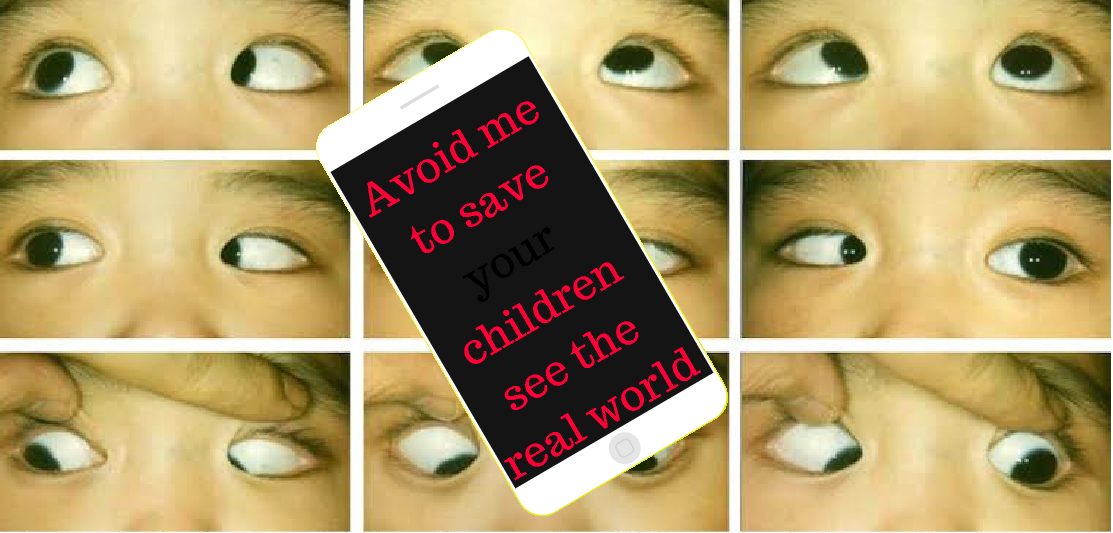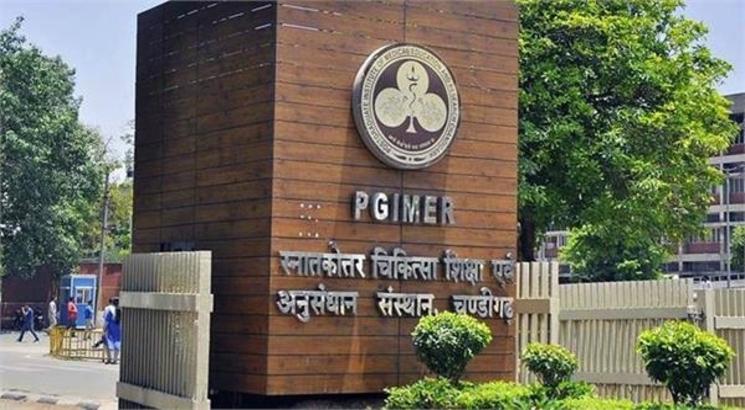A recent study was done by the pediatric ophthalmology team at Advanced Eye Centre comprising Dr. Savleen, Dr Manpreet and Dr. Jaspreet Sukhija that has brought forward an unknown side effect of excessive usage of mobile phones. In this paper it was shown that three children aged 8-12 years developed squint and double vision after using mobile phones for more than four hours in a day. On stopping the use of mobile phones, these children recovered completely.” The study got published in the Neuroophthalmology journal this month. It is an eye opener for everyone. At present the department is in the process of studying the effect of smart phones on the eyes in greater depths. “Till we have larger insights into the root cause of these effects, we should prevent children of all ages to use mobile phones excessively,” the spokesperson said. The team conducting the study has pointed, “Acute comitant esotropia (a condition where eyes turn inwards) in a child has a mixed set of differentials and we present a report of three cases in children who presented with acute onset diplopia (double vision). On careful history taking, all the kids reported an excessive use of the smart phone in the preceding month. We hypothesize that excessive use of the smart phone at near leads to excessive stimulation of ciliary muscle, hence accommodative spasm in these children. This is the first case series to report an association of smart phones and accommodative spasm.” Diplopia is one of the most common complaints in a patient presenting to a neuro-ophthalmologist. Diplopia may often harbour a serious vision or life- threatening neurologic disease, and its correct loca- lization and diagnosis are therefore essential. Hence, we often subject the patients to extensive imaging and investigations in the setting of an acute diplopia. Acute comitant esotropia in children has a mixed set of differentials and we present a report of three cases in children who presented with acute onset diplopia. Smart phone usage in these days is a represen- tative of near work. It is unquestionable that the cell phone dependence is increasing day by day. In addition, parental use of smart phones influences the use of smart phones in children. Nearly one- fourth of the young population is a cell phone addict.Previous reports of acute concomitant esotropia after smart phone usage have been reported. In a technology-filled world of ours, “screenagers” should often be warned about the development of this symptom. For children, it is often necessary to ameliorate diplopia as it effects their near work and if persistent for a long time; it may develop sensory adaptations in the form of amblyopia. Accommodative spasm has been attributed to excessive action of the ciliary muscle. Excessive use of the smart phone at near invariably leads to excessive stimulation of ciliary muscle, hence spasm. The Advanced Eye Centre at PGIMER is running a separate and dedicated pediatric ophthalmology clinic since its inception in 2006. Under the leadership of Dr. Jagat Ram (Director PGIMER,) and Dr Mangat R Dogra (Head of Department); children are getting early and effective treatment for various blinding diseases like cataract and retinopathy of prematurity. So the next time your tiny tot eyes your phone, think of a way to divert his or her attention to an activity that is healthier for body and mind.]]>




